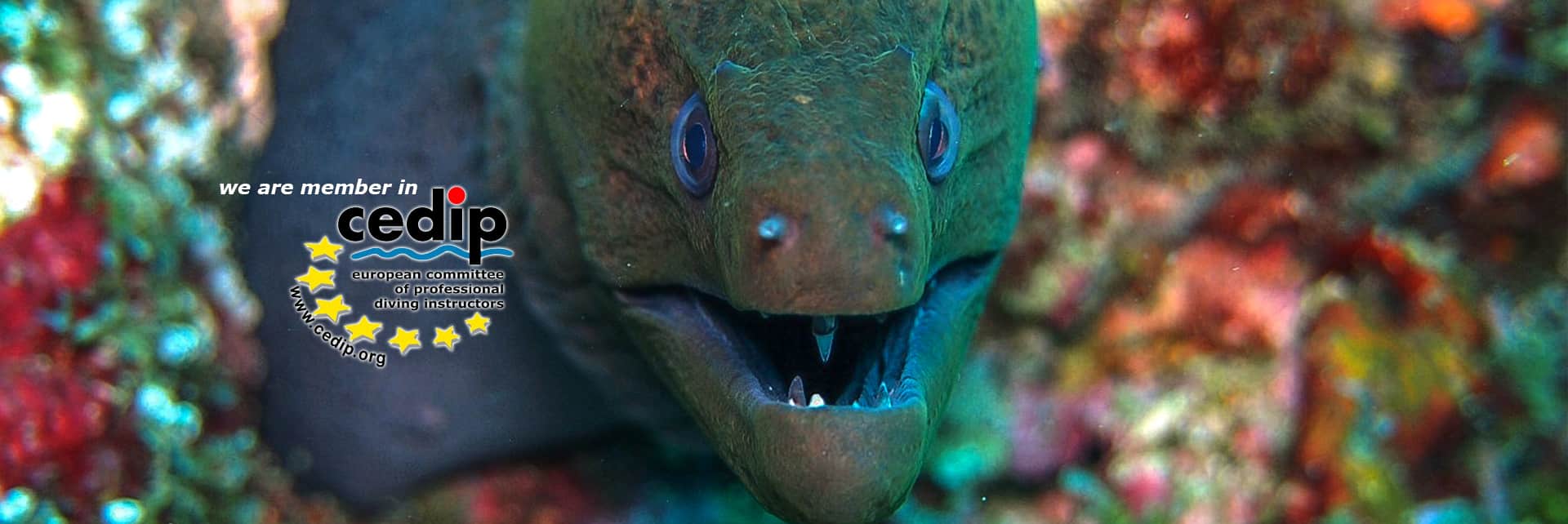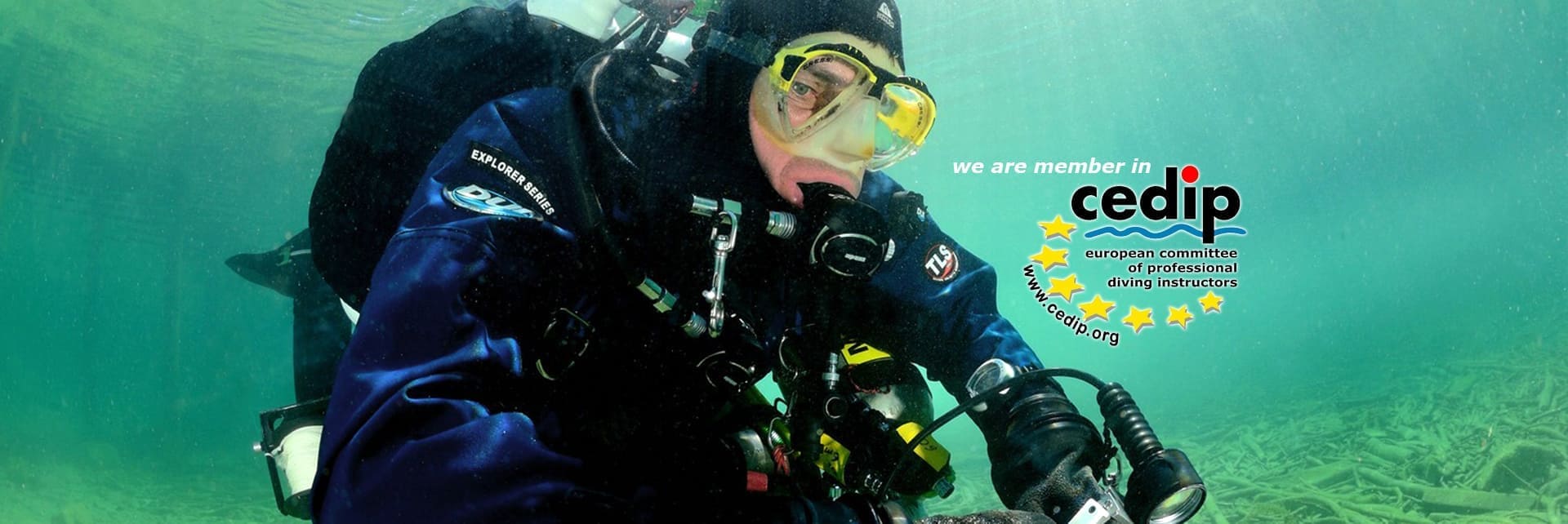Nitrogen narcosis and oxygen poisoning
Problem of increased gas partial pressures:
Nitrogen narcosis and oxygen poisoning
Various gases that are harmless under normobaric conditions can have negative effects on our bodily functions under pressure. In scuba diving , it is primarily the nitrogen that causes such impairments. As a “filling gas” in our breathing air with a partial pressure of 0.78 bar, it is completely harmless. With increasing diving depth, divers show individually different effects that are often not perceived subjectively. From a water depth of 30 meters (at an ambient pressure of 4 bar and thus a nitrogen partial pressure of 3.12 bar), practically every diver is demonstrably affected by the so-called “nitrogen narcosis”. JY Cousteau coined the term “deep intoxication” because the symptoms observed at the time, such as loss of concentration, senseless actions, impairment of vision, etc., were similar to those of alcohol-induced intoxication.
In scientific studies, the increased nitrogen partial pressure has been proven to be the cause of the anesthetic-like effect when diving with compressed air. Although the occurrence of symptoms of a deep intoxication differs between individuals and also depends on the respective daily constitution, clear negative influences due to low water temperatures, poor visibility or darkness, lack of sleep could not be confirmed in various tests. According to new findings, however, (residual) alcohol and certain medications promote the occurrence or intensity of nitrogen narcosis.
Contrary to long-held belief, recent studies have shown that the narcotic effects of nitrogen diminish, but do not disappear, when ascending to shallow waters. The measurable impairments last up to about 30 minutes after the end of the dive .
The effect of oxygen is different: if the gas that is vital for us is breathed in under increased pressure, it has a toxic effect on the central nervous system and the lungs. When breathing oxygen under high pressure, seizures can be triggered, which are usually fatal under water. Because of this danger, the critical oxygen partial pressure of 1.6 bar should not be reached during diving and at best should be used in the form of a gas exchange during decompression. That is why most training organizations give for safety reasons 1.4 bar as max. allowed oxygen partial pressure in front. When using compressed air , this partial pressure is only reached at depths of more than 50 m and is hardly relevant for scuba divers , who by definition move in water depths of up to 40 m.
If breathing gas mixtures with an oxygen content of more than 21% are used, the maximum diving depth is sometimes significantly reduced. The use of artificial mixtures of oxygen and nitrogen (so-called “nitrox”) can make sense – taking into account the oxygen partial pressure – down to depths of about 40 m. When breathing 100% oxygen, the partial pressure of 1.4 bar is already reached at a depth of 4 m, the critical limit of 1.6 bar at a water depth of 6 m.
Damage to the lungs only occurs after long-term breathing of oxygen at lower pressures (0.5 – 1 bar). Since scuba divers carry only a limited supply of air or nitrox, dive times are limited anyway. The risk of lung damage from oxygen is practically negligible with these gases.
EOBV TL Dr. medical Wilfried Beuster










